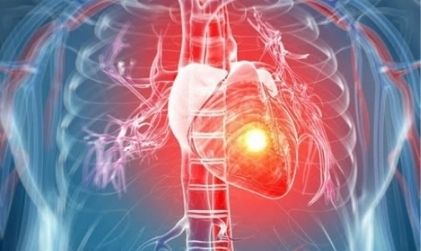After my initial consultation at Suraksha Heart Clinic, I had a positive experience. I felt more at ease after Dr. Pankaj Kasar explained some of the possible outcomes of my condition, as well as the treatment options available to me. I'm looking forward to meeting with Dr. Kasar again to go over the results of my tests. In addition, he was extremely courteous and considerate. Thank you all very much Dr. Kasar for your services, you truly are best to consider for Coronary Angioplasty in Kalyan.
Mr Vipul Desai


